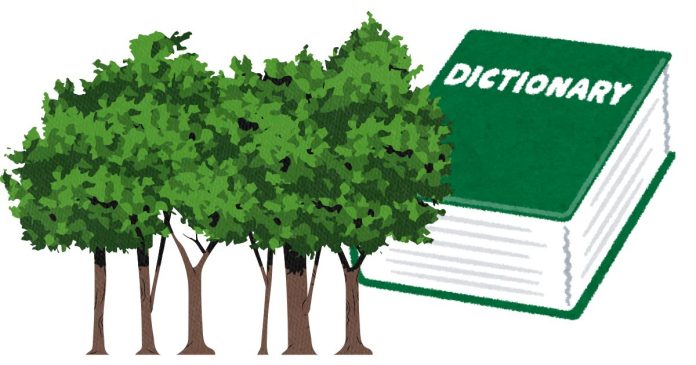What is the Name of the Tree That Rhymes with “Helm”?
When searching for a tree name that rhymes with “helm”, the tree you’re looking for is most likely the elm tree. The elm is a well-known tree species that fits the rhyme perfectly and is significant both historically and ecologically.
The Elm Tree:
The elm tree belongs to the genus Ulmus, and it is a broadleaf tree native to many regions across the world, particularly in temperate climates. Elm trees have been a part of landscapes for centuries, offering shade, beauty, and ecological benefits. Here’s a closer look at the elm tree:
Characteristics of the Elm Tree:
- Appearance:
- Leaves: Elm trees have serrated, oval-shaped leaves that are typically dark green. They are arranged alternately along the branches.
- Height: Elms can grow to be quite tall, typically reaching heights of 40 to 70 feet (12 to 21 meters), with some species growing even taller.
- Bark: The bark of an elm tree is generally rough and grayish-brown, with deep grooves that become more pronounced as the tree matures.
- Flowers and Fruit:
- Elm trees produce small, inconspicuous flowers that usually bloom in the spring before the leaves appear.
- Their fruit is a samara, a small winged seed that is dispersed by the wind.
- Wood: Elm wood is known for its strength and flexibility. Historically, it was used in furniture-making, wheel construction, and even for shipbuilding. Elm wood is also known to be resistant to splitting.
Historical and Cultural Significance:
- Ecological Role:
- Elms provide habitat and food for various animals, including birds, squirrels, and insects. Their large, dense canopies create shady areas that are beneficial to many species.
- The trees also play a role in soil conservation due to their deep root systems.
- Cultural Importance:
- Elms have historically been planted in many urban and rural areas due to their shade and aesthetic appeal. In ancient and medieval times, elms were often associated with important community gatherings or public spaces.
- The American Elm was particularly important in the United States, where it became iconic in city landscapes, especially in cities like New York. However, it suffered a significant decline in the 20th century due to Dutch elm disease.
- Literary and Symbolic Representation:
- The elm tree is often referenced in literature and folklore as a symbol of strength, resilience, and sometimes mourning due to its majestic yet susceptible nature.
- In some cultures, the elm tree was believed to have mystical properties and was used for ritual purposes.


